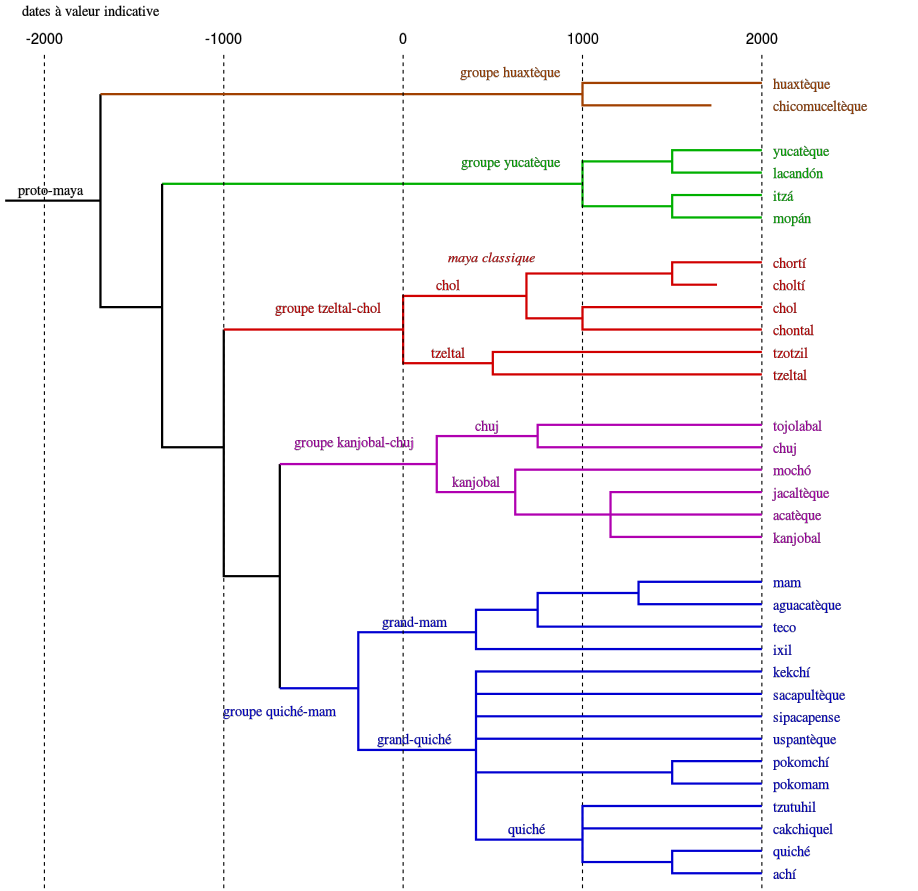Mayan Interpreters and Translators
Interpreters and Translators for the following Mayan/Indigenous languages:
A
- Achi (Rabinal, Calbulco)
- Aguacateco/Awakateko
- Akateko
- Amuzgo
C
- Ch'ol
- Chalchiteko
- Chatino
- Chicateco
- Chorti
- Chuj (San Mateo Xtatán)
- Chuj (San Sebastian Coatán)
G
- Garifuna
I
- Ixil
K
- K'iche/ Quiche
- Kaqchikel
M
- Mam
- Mam - Tektiteko
- Miskito
- Mixe
- Mixteco Alto
- Mixteco Bajo
- Mopan
P
- Popti/Jakalteko
- Poqoman
- Poqomchi
- Purepecha
Q
- Q'anjob'al
- Qeqchi
- Quechua (Chanka Peruvian Variant)
- Quechua (Chimborazo, Chanka)
T
- Tarahumara (Rarámuri)
- Tektiteko
- Tojolabal
- Triqui
- Tzeltal
- Tzotzil
- Tzutujil
- Tektiteko
U
- Uspanteko
Y
- Yucateco
Z
- Zapoteco
- Zoque

Mayan/Indigenous Languages of Central America
The Mayan languages form a language family spoken in Mesoamerica, both in the south of Mexico and northern Central America. Mayan languages are spoken by at least 6 million Maya people, primarily in Guatemala, Mexico, Belize, El Salvador, and Honduras. In 1996, Guatemala formally recognized 21 Mayan languages by name, and Mexico recognizes eight within its territory.
The Mayan language family is one of the best-documented and most studied in the Americas. Modern Mayan languages descend from the Proto-Mayan language, thought to have been spoken at least 5,000 years ago; it has been partially reconstructed using the comparative method. The proto-Mayan language diversified into at least six different branches: the Huastecan, Quichean, Yucatecan, Qanjobalan, Mamean and Chʼolan–Tzeltalan branches.
